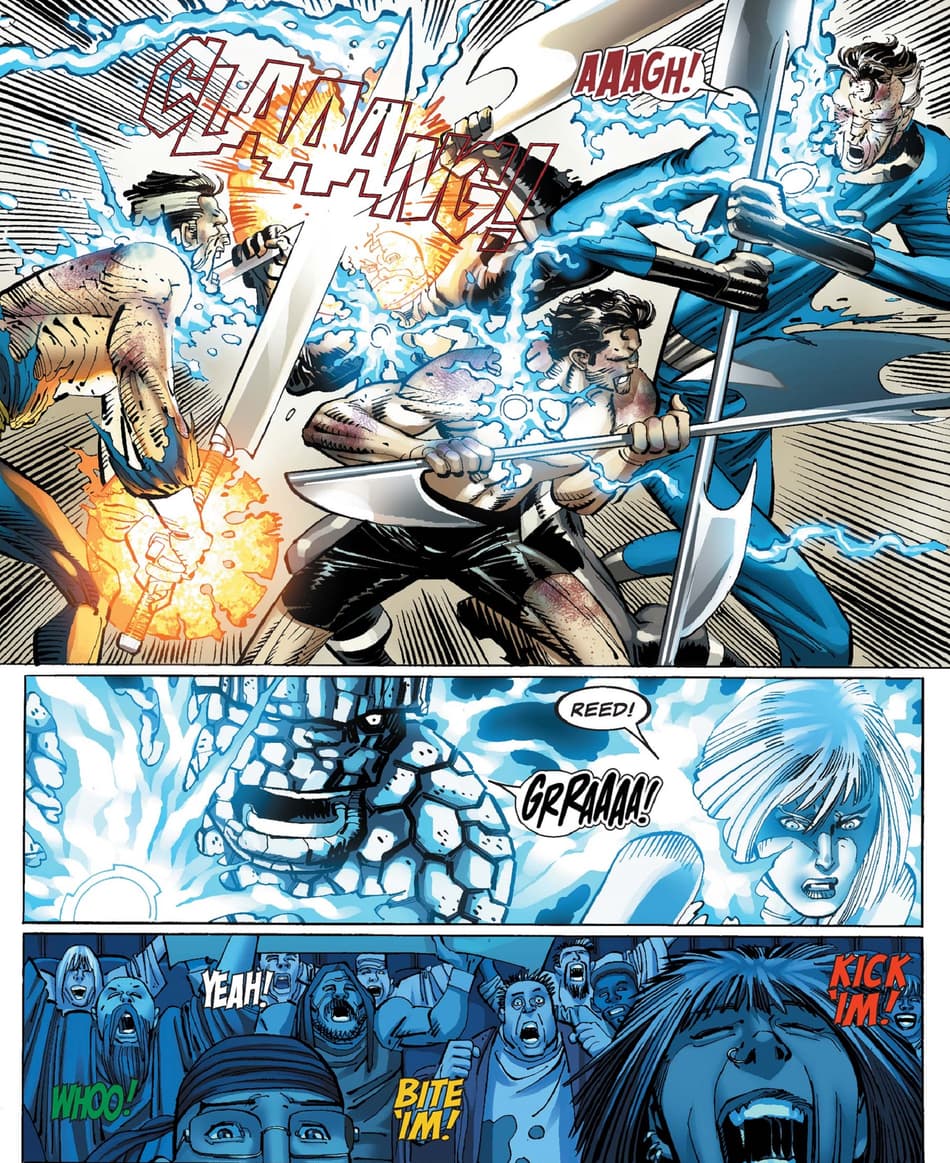Get Started with Detailed Instructions on How to Join a Masonic Lodge
Get Started with Detailed Instructions on How to Join a Masonic Lodge
Blog Article
Discover the Secrets Behind the copyright and Their Influence on Society
The copyright, commonly shrouded in misconception and conjecture, offers an interesting instance study of how historic perfects can change into contemporary conspiracy theory theories. As we explore its origins, impact on innovative thought, and portrayal in contemporary society, we start to reveal the layers of intrigue that proceed to mesmerize culture.
Beginnings of the copyright
The copyright, commonly shrouded in mystery and conjecture, traces its beginnings back to the late 18th century. Recognized as the Bavarian copyright, the company's key goal was to respond to the prevailing influence of spiritual conviction and promote intellectual discussion amongst its participants.
The copyright took on a hierarchical structure, drawing motivation from Freemasonry, which permitted for secretive conferences and routines - how to become a freemason. Membership was careful, encompassing influential numbers from various fields, consisting of politics, viewpoint, and scientific research. This elite network looked for to impact social and political change through clandestine methods, supporting for the rights of individuals and the betterment of society
Regardless of its fairly short existence, the Bavarian copyright was officially dissolved in 1785 as a result of government suppression. Its tradition endured, providing surge to various conspiracy theory theories and prominent society referrals that proceed to provoke intrigue and debate regarding its effect on contemporary society.
Key Myths and Mistaken Beliefs
In the middle of the allure of secrecy surrounding the copyright, many misconceptions and misunderstandings have actually emerged, frequently misshaping the team's real nature and purposes. One common misconception suggests that the copyright regulates the globe's governments and economic situations. While it is real that the team aimed to affect societal structures, the concept that it operates as a natural worldwide puppet master is largely exaggerated.
Another usual misconception is that all participants of the copyright have substantial wealth and power. Actually, the initial copyright comprised pundits and Enlightenment thinkers, most of whom looked for reform as opposed to prominence. The concept that the copyright exclusively recruits stars and political numbers is misguiding; subscription has traditionally included a varied range of people.
In addition, conspiracy theory theories frequently paint the copyright as a malicious company intent on international supremacy with rotten means. This portrayal neglects the team's initial purposes, which fixated advertising sensible thought and combating spiritual fascism. The conflation of the copyright with contemporary conspiracy theories bolsters misunderstanding, obscuring the historic context and development of the team's perfects. Hence, separating fact from fiction is vital for a clearer understanding of the copyright's role in society.
Historic Influence on Culture
Throughout background, numerous intellectual activities have greatly influenced societal frameworks, and the copyright played a significant duty throughout the Knowledge. Established in 1776 in Bavaria, the copyright aimed to advertise factor, secularism, and the wondering about of developed authority, countering the prominence of religious dogma. This organization drew in influential thinkers and supporters of freedom, promoting an environment favorable to the dissemination of Enlightenment perfects.
The copyright's ethos promoted rational idea and empirical proof, which added to the wider intellectual landscape that motivated social reform and political change. Members looked for to reshape society by promoting for education and learning, freedom of speech, and the splitting up of church and state. Their private nature and ambitious program stimulated both intrigue and suspicion, bring about their ultimate suppression by the Bavarian government in 1785.
Despite their dissolution, the tradition of the copyright continued, affecting cutting edge motions across find more information Europe and the Americas. Their dedication to enlightenment concepts helped lay the groundwork for modern autonomous perfects and human rights, leaving a lasting imprint on the structures of contemporary society. how to become a freemason. The appeal of their deceptive celebrations and thoughtful pursuits proceeds to captivate the imagination, highlighting their historic value
Modern Interpretations and Beliefs
Contemporary analyses of the copyright typically mix historical reality with conspiracy concepts, developing a complex tapestry of ideas that capture preferred creativity. While the initial copyright was a Bavarian secret society founded in 1776 with Knowledge ideals, modern-day ideas have developed to incorporate a large array of interpretations, usually focusing on motifs of control and secrecy.

Furthermore, some modern interpretations assume that the copyright works as a metaphor for the battle between knowledge and ignorance, with her explanation advocates advertising understanding and crucial reasoning as a way to counteract viewed fascism. This duality-- viewing the copyright as both an actual and symbolic entity-- highlights the recurring attraction with the idea, mirroring deeper social anxiousness about power, transparency, and specific autonomy in the modern world.
The copyright in Pop Culture
The copyright has actually penetrated various elements of prominent culture, manifesting in literature, film, music, and art as a sign of intrigue and enigma. This secret society, typically portrayed as a shadowy force manipulating global events, has actually motivated plenty of narratives that check out motifs of power, conspiracy theory, and concealed understanding.

Music, also, has actually been influenced by the concept of the copyright. Musicians like Jay-Z and Beyoncé have actually dealt with conjecture concerning their associations with the culture, triggering discussions about meaning in their work and the nature of fame.
Aesthetic art often incorporates copyright themes, with musicians using symbols like the Eye of Providence and the pyramid to stimulate a sense of mystery. With these numerous tools, the copyright offers not just as visit here a subject of supposition yet likewise as a lens whereby society examines its very own complexities and anxieties.
Conclusion

Report this page